China's National Health Commission (NHC) announced on Monday that the country will downgrade its level of COVID-19 management from the current Class A to a less strict Class B starting from Jan. 8, 2023.
Health experts have shed light on this major shift in China's COVID-19 response policies. China has classified COVID-19 as a Class B infectious disease, but opted to manage it under Class A response protocols since Jan. 20, 2020.
CONDITIONS FOR SHIFT
Liang Wannian, head of the COVID-19 response expert panel under the NHC, said China now has the necessary conditions for this policy shift, which include waning virulence of the Omicron variant, mass vaccination of the population, improving capabilities of medical treatment, secured manufacturing and supply of medicines designed to fight the virus, enhanced public health awareness, and growing capabilities for personal protection.
When an infectious disease emerges, we lack knowledge of its pathogenic and epidemiologic features, and there isn't a clear picture of how contagious and virulent it is, and how the virus is going to mutate. A wise response is to classify the emerging infectious disease as a Class B infectious disease but manage it under Class A protocols to protect people's lives to the greatest extent possible, Liang noted.
However, when the impact of the infectious disease on people's health, the economy and society wanes, it is necessary to adjust response measures in a dynamic manner in line with laws and regulations, Liang said, citing China's experience in dealing with SARS in 2003, bird flu in 2005 and H1N1 flu in 2009.
As an immediate result of the policy adjustment, a surge in COVID-19 infections is likely, which has the potential to lead to shortages of medicine and public panic, Liang said. "Response plans have been put in place to ensure a smooth transition," he added.
"The current focus of the response has been shifted from infection prevention to medical treatment," Liang said, adding that the utmost efforts will be made to prevent severe cases and fatalities.
CHANGES TO FOLLOW
The downgrade in COVID-19 management level will be followed by a series of easing measures, according to Lei Zhenglong, an official from the NHC.
These include a longer time limit for case reporting, lifting quarantine measures against people infected with the virus and their close contacts, as well as venues with infections, and canceling health and quarantine inspections for travel, said Lei.
The content and the frequency of data revealing will also be adjusted, according to Li Qun, an official with the Chinese Center for Disease Control and Prevention (China CDC). Li said information of close contacts will no longer be disclosed.
According to Li, the trend of the epidemic and key populations, instead of each case, will be the focus of COVID-19 monitoring in the coming period. The official also noted that coronavirus variants will be closely monitored and the results of this monitoring will be published on the China CDC website.
Having been proved effective in coping with various infectious diseases in China over the past years, society-wide joint prevention and control efforts will continue to play an important role in the country's adjustments in COVID-19 management in the future, Li noted.
SUPPLY OF MEDICAL SERVICES
Noting the recent rapid increase in the need for fever clinics, Jiao Yahui, head of the Bureau of Medical Administration under the NHC, said generally speaking, the growth rate is relatively stable, and that the utilization rate of medical resources is within a safe and controllable range.
To cope with changes under the new epidemic management strategy, the NHC has issued a series of guidelines to prepare the country's health care system, including increasing the supply of medical services, promoting a tiered diagnosis and treatment system, and expanding internet-based medical services, said Jiao.
By Dec. 15, more than 15,000 fever clinics had been set up in grade II hospitals and above, while more than 35,000 fever clinics or consulting rooms were available in primary-level medical and health institutions.
The NHC has set up a daily reviewing system as the basis for overall decisions concerning the preparation and use of medical resources across the country.
Guo Yanhong, director of the NHC Health Emergency Response Office, said the NHC required medical institutions at or above the county level to dynamically keep a drug reserve sufficient for three months.
Guo added that primary-level medical and health institutions should prepare enough relevant drugs for 15 to 20 percent of their service population, while a higher reserve may be prepared for those in densely populated areas.












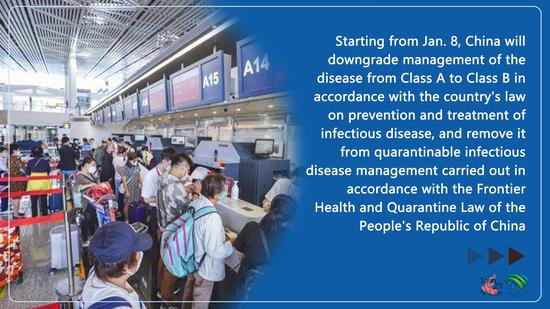


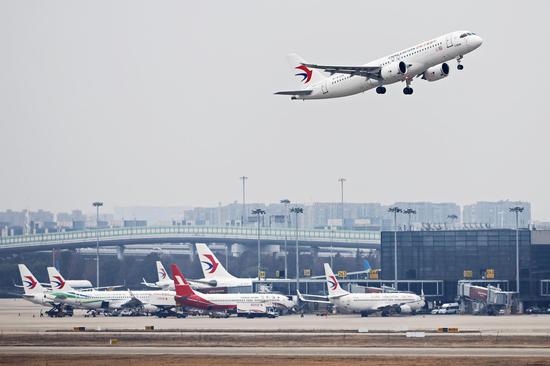


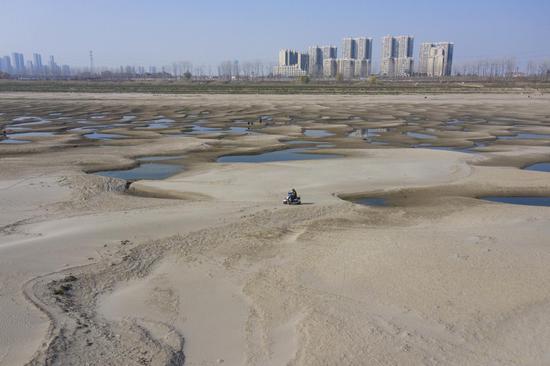






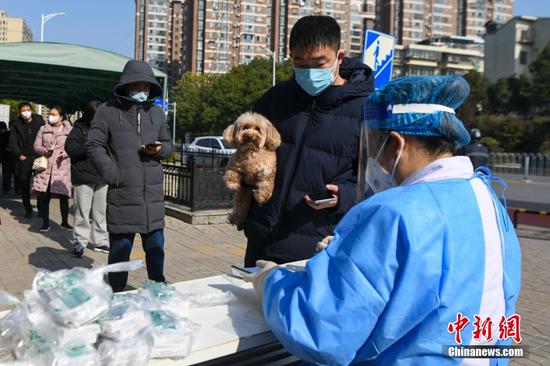

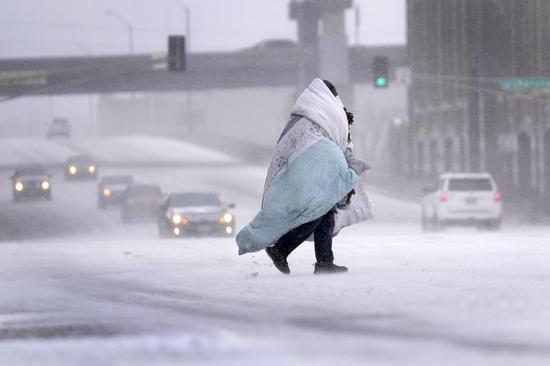






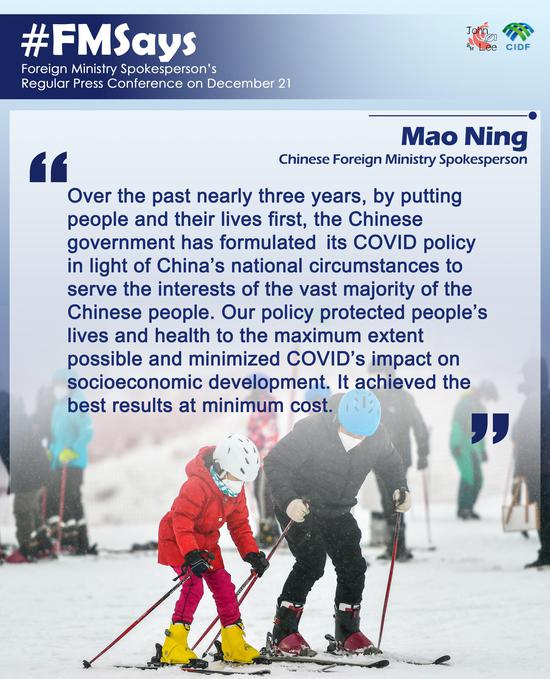













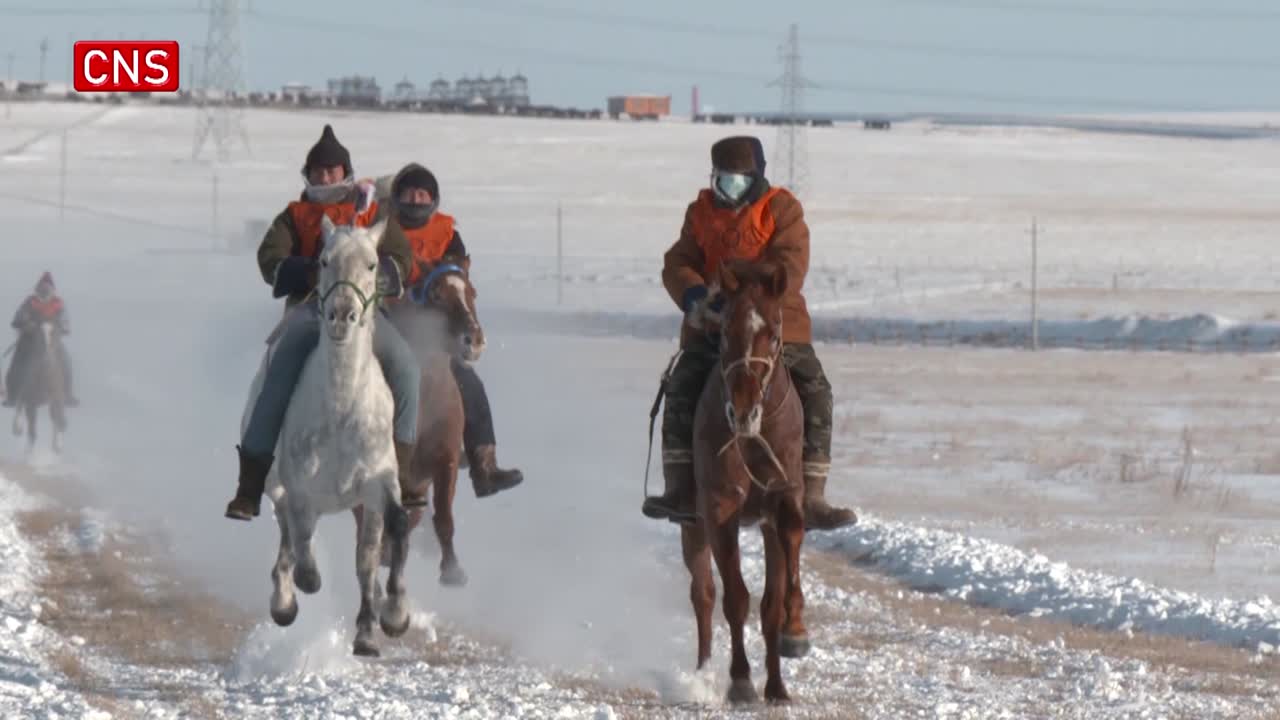

 京公网安备 11010202009201号
京公网安备 11010202009201号